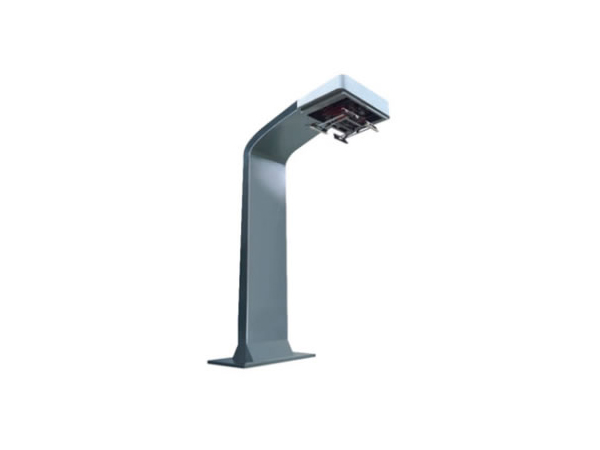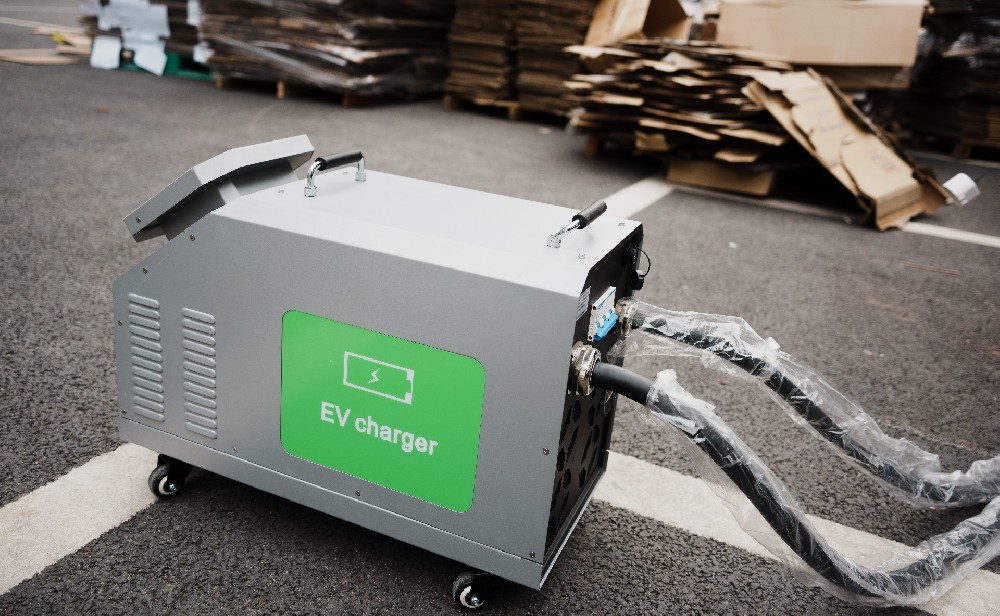-
13822183778@139.com
-
13822183778
Impact of the new national standards for non-flammable batteries in new energy vehicles (NEVs) on the charging pile industry
The new national standard for non-combustible batteries in new energy vehicles has the following impacts on the charging pile industry:
**Technical Upgrades:**
- **Improving Charging Efficiency and Stability:** The new standard requires that batteries still pass external short circuit tests after 300 fast charging cycles, prompting charging pile companies to increase R&D investment, improve charging module design, enhance charging efficiency, reduce charging time, and ensure the stability of the charging process, thereby lowering the risk of battery failures caused by abnormal charging.

- **Optimizing Smart Charging Management Systems:** Charging piles need to work more closely with vehicle battery management systems to precisely monitor battery status in real-time, such as temperature, voltage, and current parameters, and dynamically adjust charging strategies based on the actual condition of the battery to avoid overcharging or over-discharging, which could be detrimental to battery safety.
**Market Demand:**
- **Increased Demand for Charging Piles:** With the improvement in battery safety standards, consumer confidence in new energy vehicles grows, leading to an expansion in the market demand for new energy vehicles, which in turn drives the growth of charging pile demand and increases the potential for improving the vehicle-to-charger ratio.
- **Changes in Demand for Specific Scenarios:** In places like highway service areas, there will be a more urgent need for high-power, high-speed fast-charging stations; in residential areas, there may be a greater emphasis on the compatibility and safety of charging piles to accommodate the charging needs of different vehicle brands.
**Industry Competition:**
- **Intensified Competition Among Enterprises:** Charging pile companies must invest more in R&D, product quality, and service levels to meet the new national standards, enhance their competitiveness, and secure a larger share of the market.
- **Promoting Industry Consolidation:** Some companies with weaker technical capabilities that cannot meet the new requirements may face elimination, leading to industry resources being concentrated in优势enterprises and accelerating the consolidation and optimization of the charging pile industry.
**Infrastructure Development:**
- **Optimizing Layout:** With the increasing number of new energy vehicles and the improvement in battery safety standards, it is necessary to plan the layout of charging piles more reasonably based on vehicle distribution and usage scenarios to improve coverage and utilization efficiency.
- **Strengthening Multi-party Collaboration:** Charging pile companies may strengthen cooperation with battery companies, vehicle manufacturers, and power grid companies to jointly develop charging technologies and facilities that meet the new battery safety standards, achieving better compatibility between charging equipment, batteries, vehicles, and the power grid.
 How long does it take to charge ···
How long does it take to charge ···
 DC Fast Charging CCS type 2 plug
DC Fast Charging CCS type 2 plug
 The high-voltage and high-curren···
The high-voltage and high-curren···


